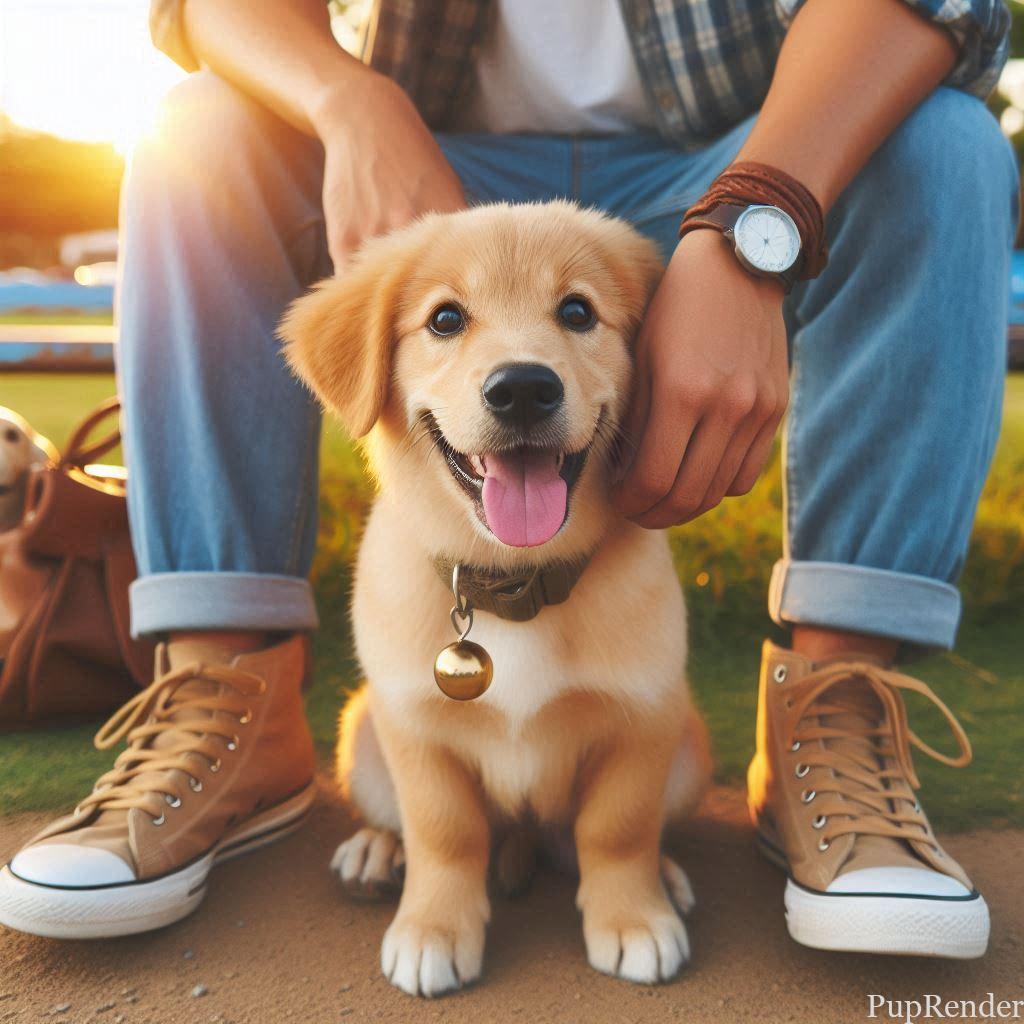Dog Obedience: The Secret to a Well-Behaved Pet

As dog owners, we all dream of having a pet that listens attentively, follows commands, and behaves politely both at home and in public. The secret to achieving this? Dog obedience training! In this guide, we’ll uncover why obedience is the key to a well-behaved dog, the best practices for successful training, and how your relationship with your furry friend can flourish through consistent training efforts.
Why is Dog Obedience Important?
Dog obedience isn’t just about teaching your pet commands—it’s about building a strong bond of trust, respect, and communication between you and your dog. When your dog understands what you expect, they feel more secure and confident, reducing unwanted behaviors such as barking, chewing, or jumping.
Training your dog properly can also help prevent common behavioral problems. To learn more about managing behavior, check out our post on common dog behavioral problems and solutions .
The Foundations of Dog Obedience Training
- Start Early, Stay Consistent
Begin training your dog as early as possible, ideally when they are still a puppy. However, even older dogs can benefit from learning obedience. The key is consistency—ensure that every member of your household reinforces the same commands and rules. If you’re a new dog owner, you can read more about the ultimate checklist for new dog owners. - Use Positive Reinforcement
Dogs respond best to positive reinforcement, such as treats, praise, and affection. Rewarding good behavior ensures your dog is motivated to repeat the action. Avoid punishment, as it can lead to confusion or anxiety. - Short and Simple Commands
Stick to short, simple commands like “sit,” “stay,” and “come.” Dogs are more likely to understand and respond to these. For a deeper dive into essential commands, check out teach your dog basic commands.
Best Practices for Dog Obedience
- Consistency: Use the same words and hand signals for commands each time.
- Patience: Training takes time, and dogs need repetition to learn new behaviors.
- Timing: Reinforce good behavior immediately after it happens so your dog makes the connection between the action and the reward.
To get more tips on dog training, see our post on ultimate dog training tips no one told you.

Benefits of a Well-Trained Dog
A well-trained dog not only makes your life easier but also ensures your dog’s safety. For instance, an obedient dog will return when called, preventing them from running into dangerous situations. Additionally, a well-trained dog is easier to integrate into various social settings and can participate in more activities with the family, enhancing their quality of life.
Discover how to make your dog even happier by reading how to make your dog happier than ever.
When to Seek Professional Help
Sometimes, despite our best efforts, our dog’s training might hit a roadblock. If you’re struggling with certain behaviors, consider seeking professional help from a certified dog trainer. This can be especially useful for handling more complex behavioral issues like aggression or severe anxiety. You can find tips for managing your dog’s anxiety in our article how to recognize signs of anxiety in dogs.
For more in-depth information, explore the American Kennel Club’s guide to dog training.

Key Takeaways
Dog obedience is truly the foundation of a well-behaved, happy, and healthy pet. With consistency, patience, and positive reinforcement, you can enjoy a peaceful and joyful life with your four-legged friend. Ready to start your obedience journey? Check out more tips on best practices for dog obedience training.





